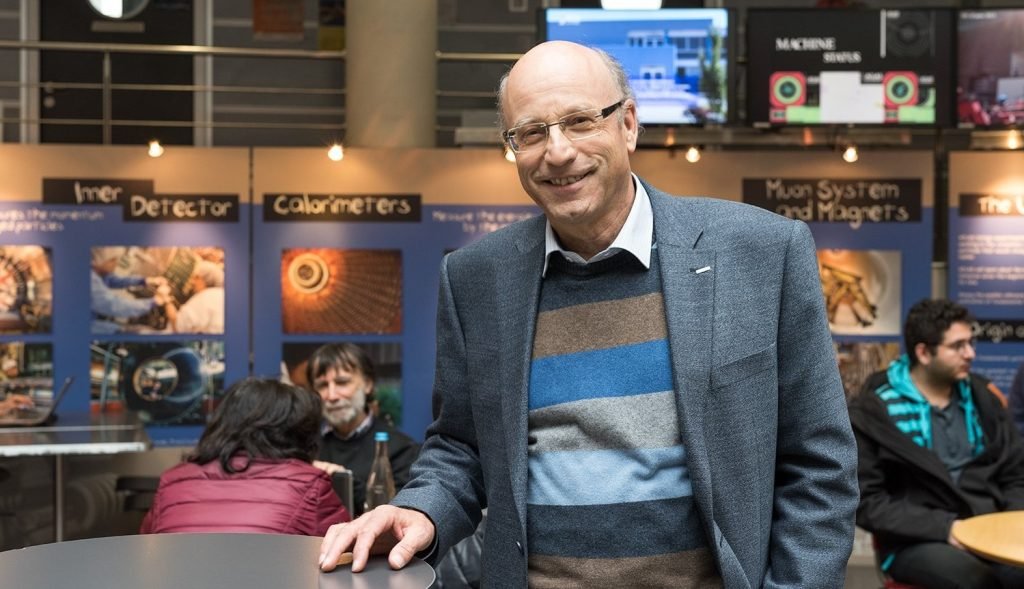On this page, we outline the steps that one can follow to admit a person to be rehabilitated.
Admitting someone to a rehabilitation center can be a vital step towards their recovery from addiction or other conditions. The process in South Africa can be intricate due to the country’s specific guidelines and regulations.
Steps that one can follow to admit a person to be rehabilitated
Below is a detailed outline of the steps involved:
- Recognition and Acceptance:
- Description: Recognizing the problem is the first step. The individual or their family must accept that they need help.
- Action: Discuss concerns with the individual, and if possible, get their consent for rehabilitation.
- Research Suitable Rehabilitation Centers:
- Description: South Africa has both public and private rehabilitation centers. The type of center you choose will depend on the specific needs of the person and financial considerations.
- Action: Look up centers online, check reviews, seek recommendations, and contact centers for detailed information.
- Initial Assessment:
- Description: Most reputable rehabilitation centers in South Africa will require an initial assessment to determine the type and severity of the issue.
- Action: Schedule and attend an assessment session. It might include interviews, medical exams, and psychological evaluations.
- Financial Arrangements:
- Description: Rehabilitation can be expensive, especially in private facilities.
- Action: Determine payment methods, check if medical insurance covers any costs, explore government-supported programs, or seek external funding if necessary.
- Prepare for Admission:
- Description: Rehabilitation centers have specific rules and requirements about what can be brought in.
- Action: Check with the facility for a list of allowed and prohibited items. Ensure all necessary personal items are packed.
- Legal Considerations:
- Description: In cases where the individual is resistant to rehabilitation or poses a danger to themselves or others, legal intervention might be required.
- Action: Seek legal counsel to understand the provisions for involuntary commitment under South African law.
- Intake Process:
- Description: This is the formal admission process where paperwork is filled out, and the person is officially enrolled in the rehabilitation program.
- Action: Attend the intake session, complete all required documentation, and acquaint yourself with the facility’s policies and routines.
- Family Support and Counselling:
- Description: The involvement of family can play a crucial role in the rehabilitation process.
- Action: Engage in family counselling sessions if offered and attend support meetings for families of those in rehabilitation.
- Continuous Communication:
- Description: Staying informed about the progress of the individual can aid in their recovery.
- Action: Maintain regular contact with the facility, attend scheduled updates, and actively participate in any discussions regarding the care plan.
- Plan for Discharge and Aftercare:
- Description: Rehabilitation doesn’t end once the person leaves the facility. An aftercare plan ensures a smooth transition back into society.
- Action: Collaborate with the facility to establish an aftercare plan which may include outpatient therapy, support group meetings, and regular check-ins.
Also Read:
- The Main Aims of SANCA
- Ways in Which the Youth Could Bring About Awareness on the Negative Effects of Drug Abuse
- Available Support for People Who Abuse Substances in South Africa
Conclusion:
Admitting someone to rehabilitation in South Africa requires meticulous planning and understanding of the process. By following these steps and maintaining open communication with the chosen facility, one can ensure a structured and supportive path to recovery for the individual in question.






